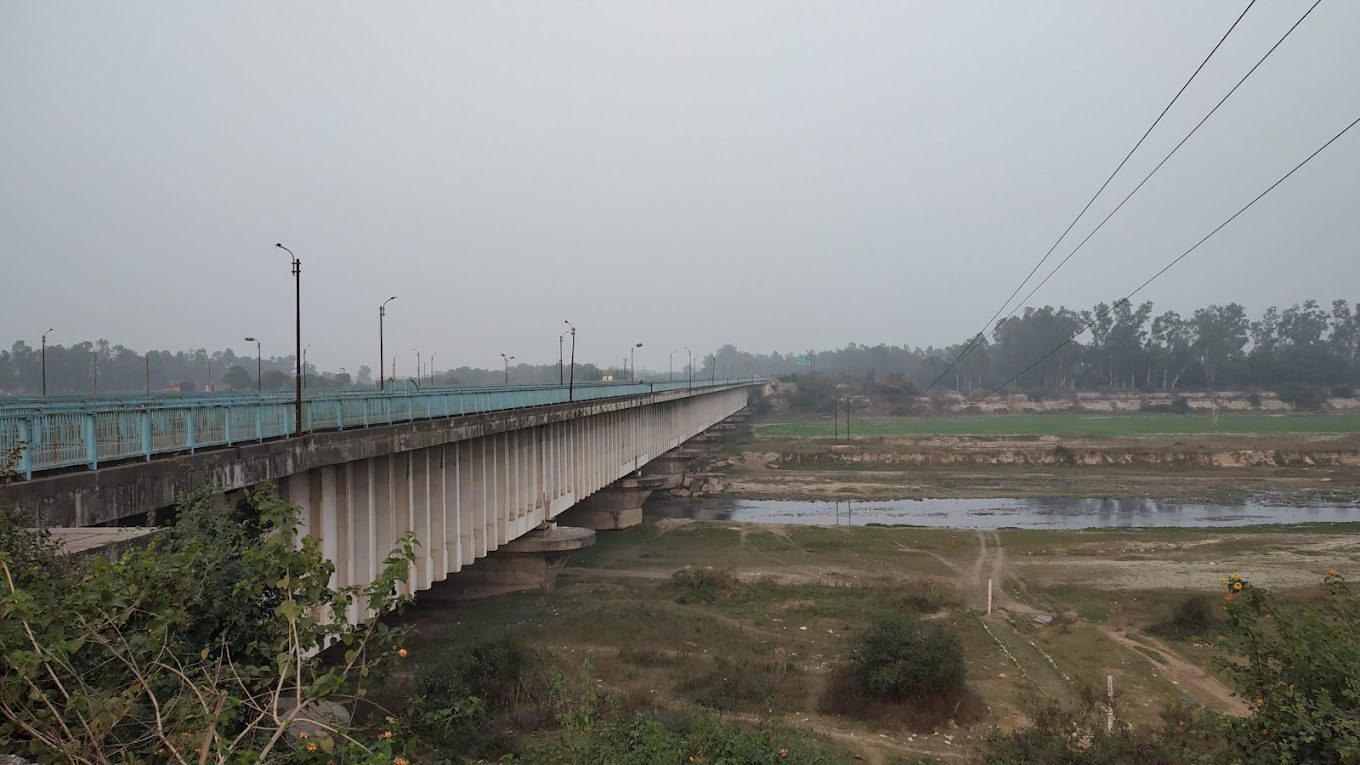Solani Aqueduct
- Viewed - 83
Solani Aqueduct
- Viewed - 83
Description
One of India’s first railways opened in 1846. It was constructed to convey materials for a major irrigation project with the aqueduct being constructed to carry the Upper Ganga Canal across the Solani River and a minor stream at Roorkee, a cantonnement in Saharanpur District, United provinces. Major Baker, in writing to the Military Board on the 22nd August 1846, pointed out the necessity for using rails and wagons on the northern side of the aqueduct. He requested the ironwork to be dispatched from England for a number of wagons whilst the timber would be procured locally. This was to move the earth from distant cuttings to build the embankments for the aqueduct. The full length of which is 15,688 feet with a base of 100 feet 12 inches below the surface of the canal.
Thomason College at Roorkee was established for Military Engineers studying to join the Public works Department and Headquarters for the Bengal Sappers and Royal Engineers in Bengal. and linked to the construction of the Upper Ganga Canal, the most important irrigation project being undertaken at the time. In his proposal submitted to Government, the Lt. Governor James Thomason, had justified the location on the basis that the establishment forming at Roorkee, near the Solani Aqueduct on the Ganga Canal, afforded particular facilities for instructing Civil Engineers.
Available Dates
Working Hours
- Monday Open all day
- Tuesday Open all day
- Wednesday Open all day
- Thursday Open all day
- Friday Open all day
- Saturday Open all day
- Sunday Open all day




Add Review